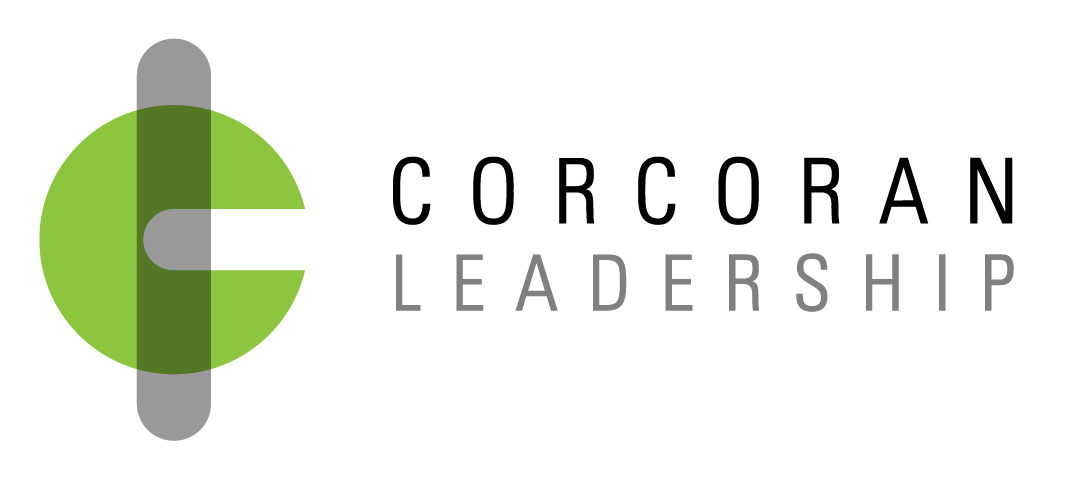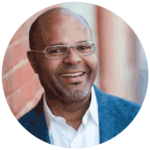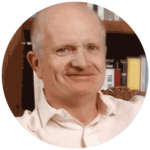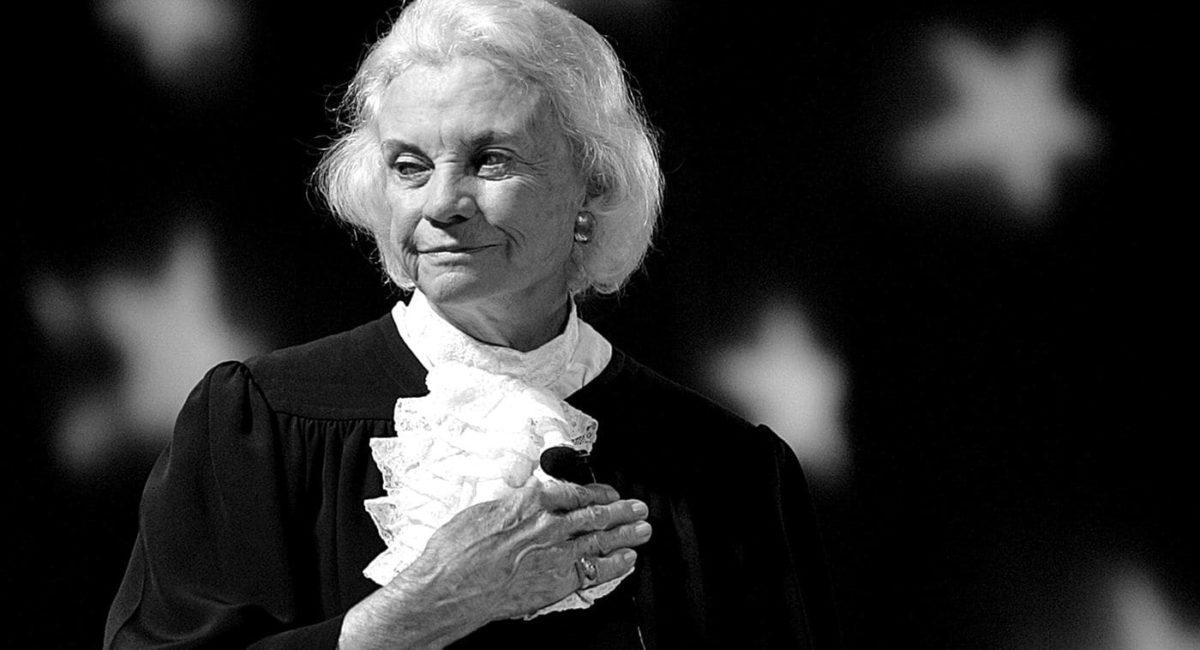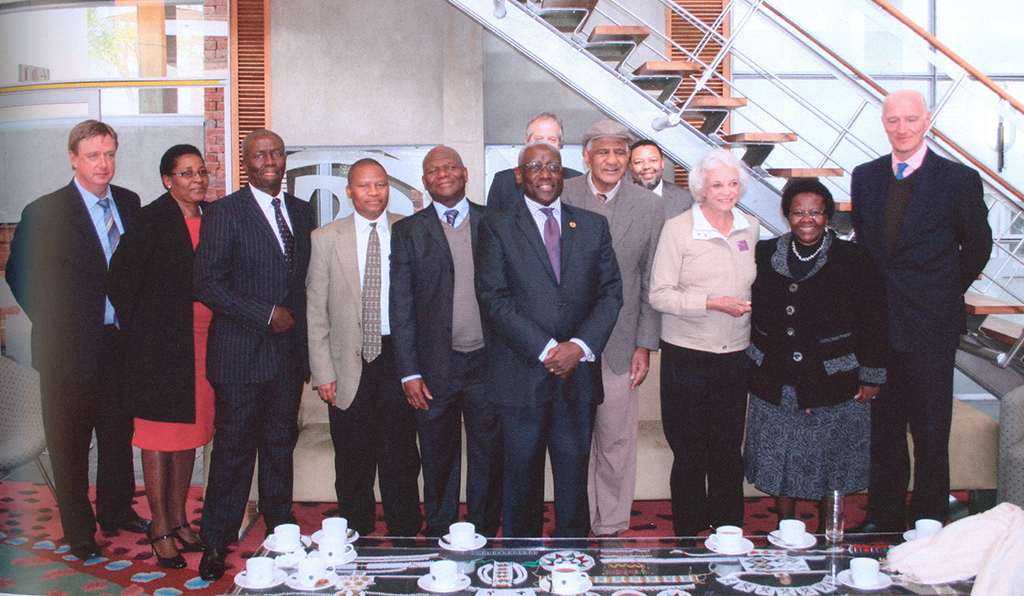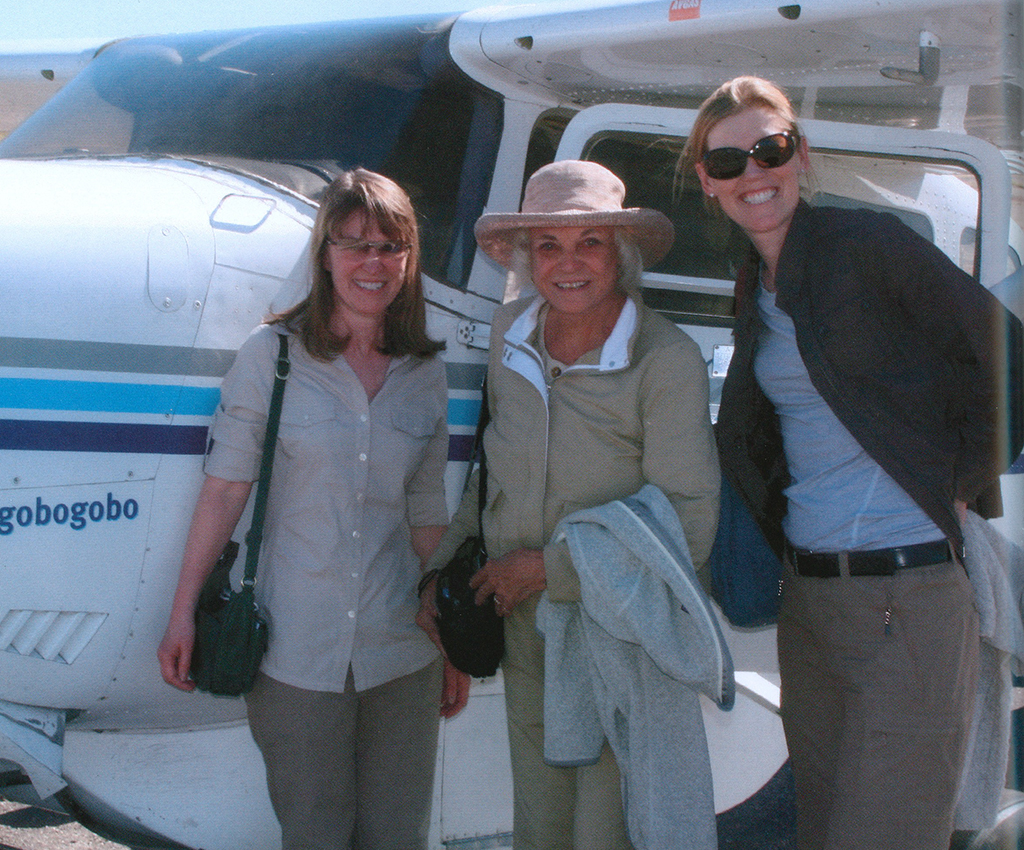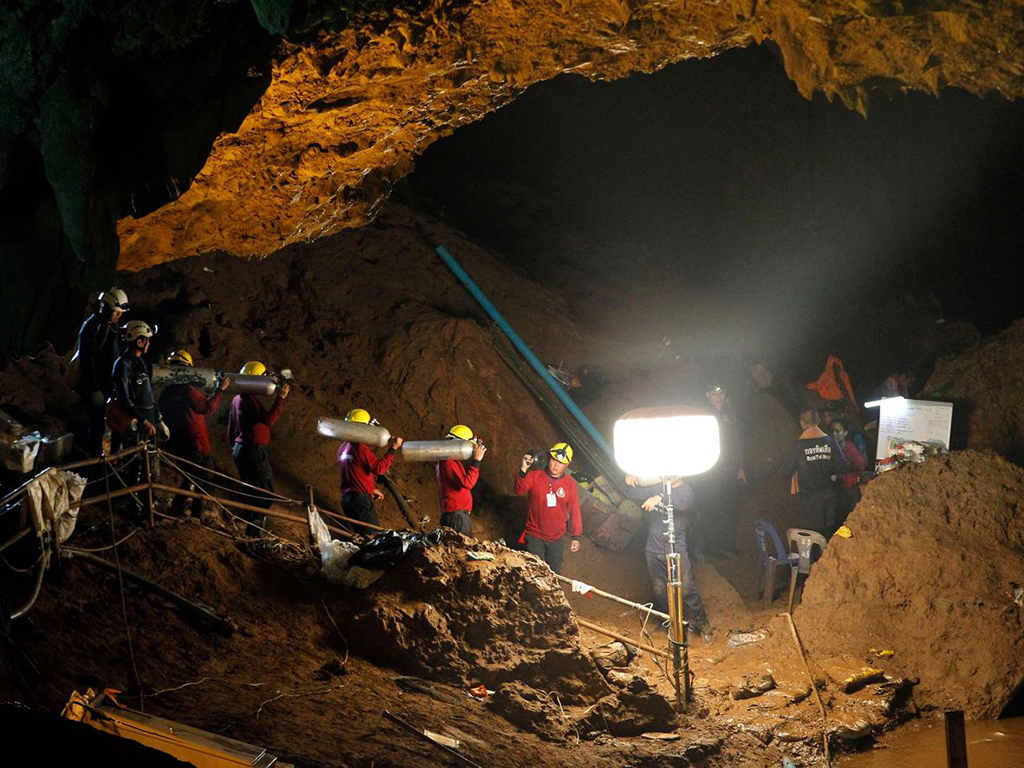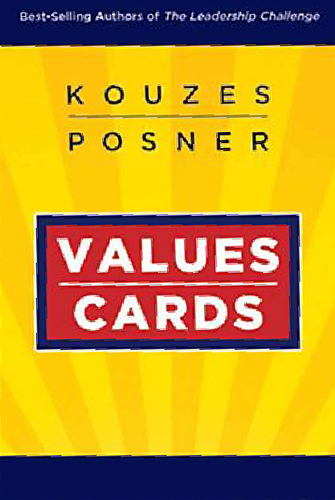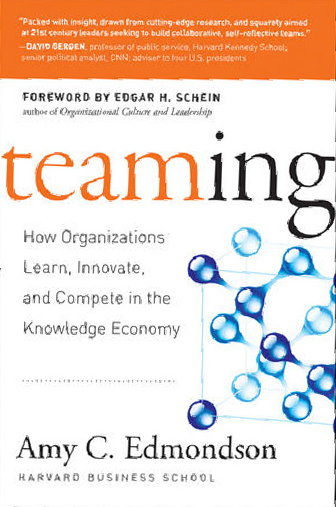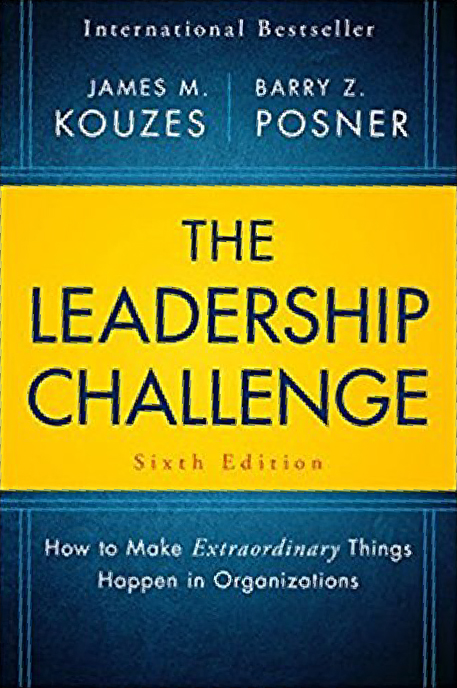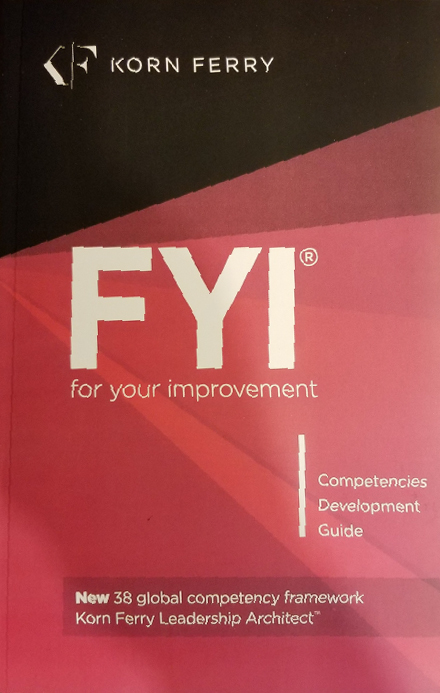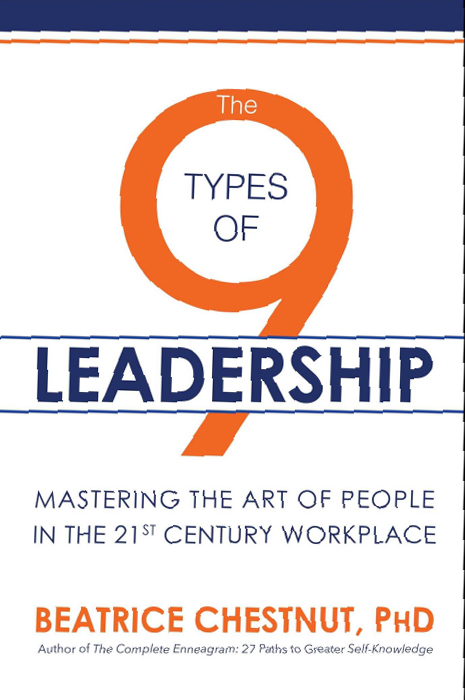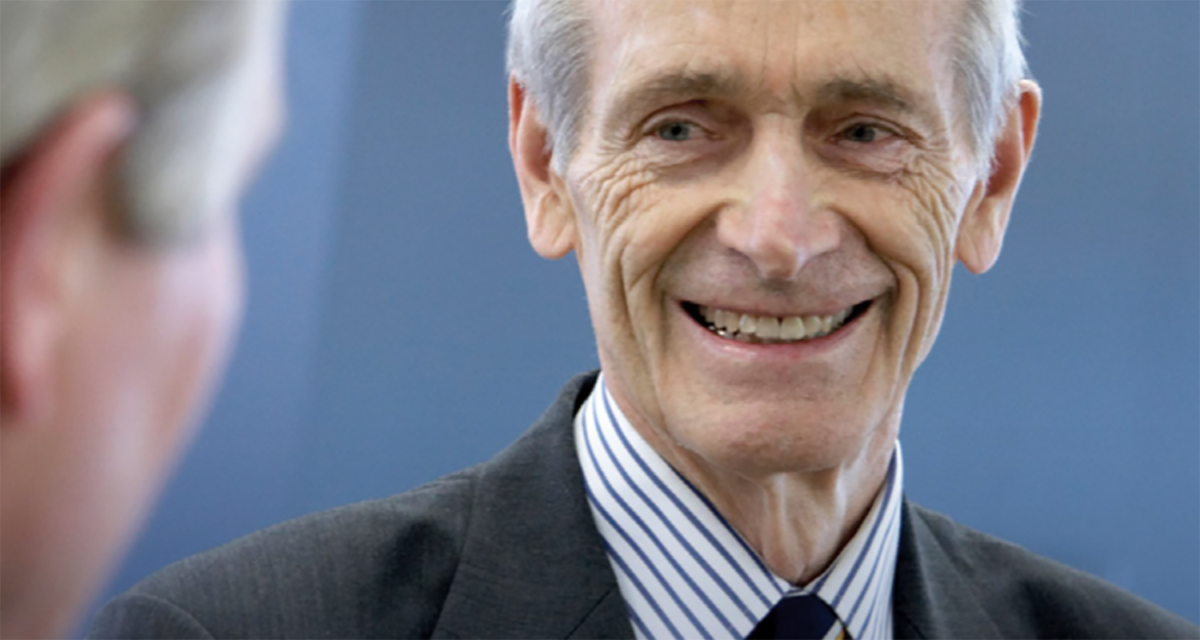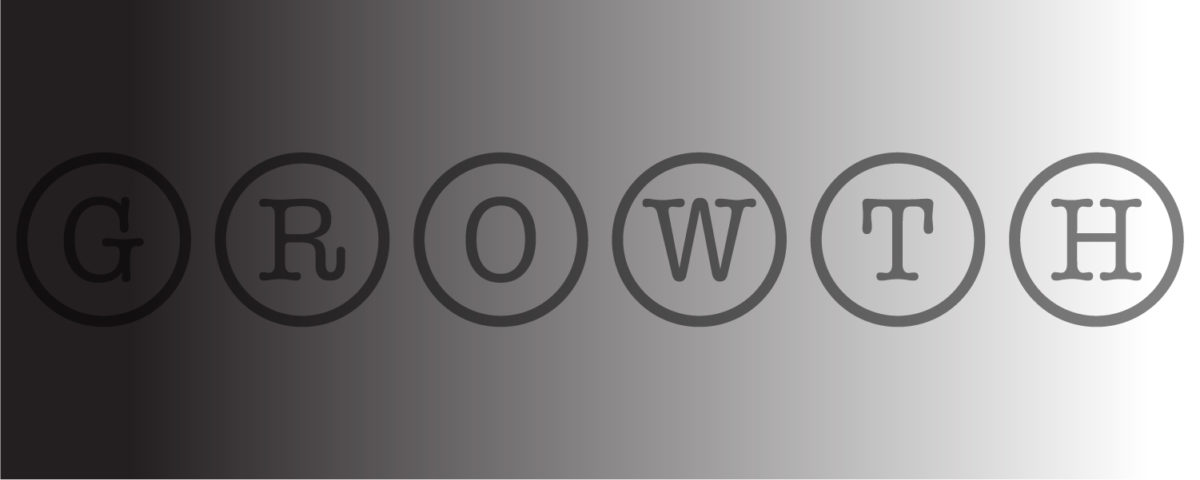In my last post, I asked for ideas and suggestions about what inspires you as a leader. I was touched and enlightened by the generous response.
Of the many resources offered, I want to share some that inspire leaders to lead with spirit. I’ve learned this takes clarity of values, commitment, and courage.
How spirit becomes a foundation for leadership.
I grew up attending an Episcopal school where in morning prayers we were reminded of daily service to others. I later came to the United States to attend the Yale School of Management whose mission is to educate leaders for business and society. For me, this mission included the ethos of service. And it took me a while to appreciate what it really was to lead with spirit because, for a long time, I confused spirit with religion.
My clients have been my teachers in giving me an appreciation of the important, pragmatic role that spirit can play. I have witnessed them grapple with conflict, hard decisions, and opposition to their vision for the future while finding a way forward by connecting to their core values and principles. Equity, inclusion, transparency, learning, integrity, generosity—whatever they uniquely stand for—becomes a grounding for their leadership.
What they have taught me is that to lead with spirit means to know what you stand for, in a very human way. It’s standing for serving a common good rather than, and sometimes in spite of, your own self-interest. I have been most inspired by seeing clients filled with anger in the face of injustice, or fear in anticipating the backlash to their position and move forward courageously for that common good.
To lead with spirit, leaders turn here.
I believe we are hungry for this reconnection to the spirit and to having a true foundation of meaning. The inspirational people below share what they have found helpful.
Ruth Levine has just completed her term as Director of the Global Development and Population Program at the William and Flora Hewlett Foundation, and will soon be a Fellow with The Advanced Study in Behavior Sciences associated with Stanford. At the Hewlett Foundation, she led a team that was responsible for grantmaking to improve living conditions in low and middle-income countries, and to advance reproductive health and rights in developing countries and in the United States.
Ruth has a powerful combination of IQ and EQ. But there’s something more that you feel when you’re with her. Everything Ruth does is grounded in her values of true respect and care for others: including those who the Hewlett Foundation serves and those who she led.
One of the ways that she expressed her values was in a simple annual ritual with her team where she shared the lessons she has learned from them, her commitments to them, and her expectations of how they work with her and each other. Several of her commitments clearly manifest her value of respect, but one really stands out to me: “I will not compete with you.” It’s a simple but profound act that Ruth lives by and her team trusted. Take a look at a few of the slides that she presented every year that reflect this spirit.
Murchison is an organizational development consultant to private, philanthropic, and non-profit organizations. His work is an expression of two of his core values: creativity and inclusion.
Chris introduced me to John O’Donohue’s work. His blessings invite us to pause and appreciate the beauty in everyday moments. We don’t create enough moments like this at work. Art like O’Donohue’s offers the opportunity to bring organizations and leadership to life in a way that most business books just don’t.
May you have the grace and wisdom
To act kindly, learning
To distinguish between what is
Personal and what is not.
May you be hospitable to criticism.
May you never put yourself at the center of things.
May you act not from arrogance but out of service.
May you work on yourself,
Building up and refining the ways of your mind.
May those who work for you know
You see and respect them.
May you learn to cultivate the art of presence
In order to engage with those who meet you.
When someone fails or disappoints you,
May the graciousness with which you engage
Be their stairway to renewal and refinement.
May you treasure the gifts of the mind
Through reading and creative thinking
So that you continue as a servant of the frontier
Where the new will draw its enrichment from the
old,
And may you never become a functionary.
May you know the wisdom of deep listening,
The healing of wholesome words,
The encouragement of the appreciative gaze,
The decorum of held dignity,
The springtime edge of the bleak question.
May you have a mind that loves frontiers
So that you can evoke the bright fields
That lie beyond the view of the regular eye.
May you have good friends
To mirror your blind spots.
May leadership be for you
A true adventure of growth.
Diane Gabinelli is the President and CFO of Parallel Advisors, a private wealth management firm headquartered in San Francisco. Authenticity is a core value that Diane stands for. One of the things that gets in the way of authenticity is the internal critic or judge that we all carry within.
Diane says about Soul Without Shame: “This book has been my catalyst for venturing into the world of mindfulness and how big of an impact it can have both personally and professionally. Becoming more present, reframing inner and outer judgment, turning worry into action, taking ego out of the equation has given me more courageous authenticity, an ability to make better, clearer decisions, and to more actively move my company forward.”

Dylan O’Connor | Student
In this passionate call to action, the 16-year-old nominee for the Nobel Peace Prize, Greta Thunberg, explains why, in August 2018, she walked out of school and organized a strike to raise awareness of global warming. She protested outside the Swedish parliament and the result grabbed the world’s attention.
“What we do or don’t do right now, me and my generation can’t undo in the future,” Thunberg says. “So when school started in August of this year, I decided that this was enough. I set myself down on the ground outside the Swedish parliament. I walked out of school for the climate.”
Dylan, my 14-year-old son, says about Greta “While many people care about climate change, Greta took a stand. She wasn’t afraid of what other people thought.”
Want to join our community of leaders?
If you’d like to get relevant and valuable leadership insights, ideas and resources delivered right into your email inbox, sign up by clicking the button below.
